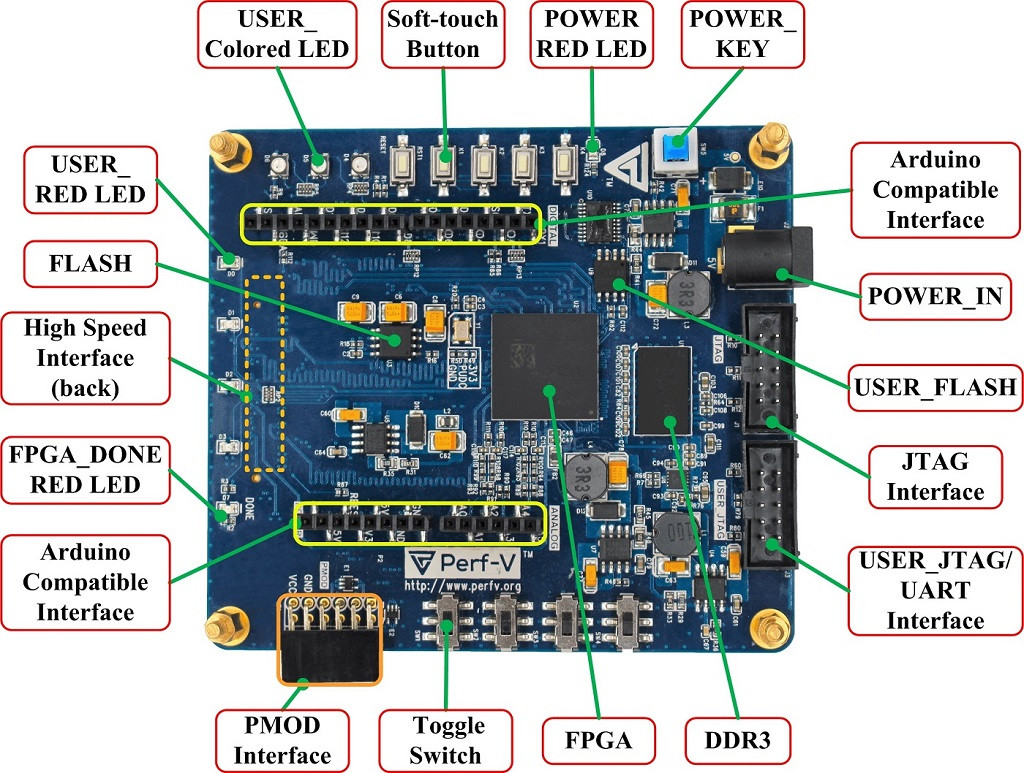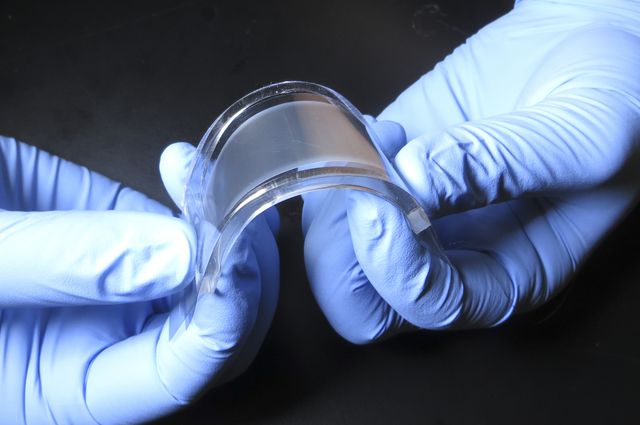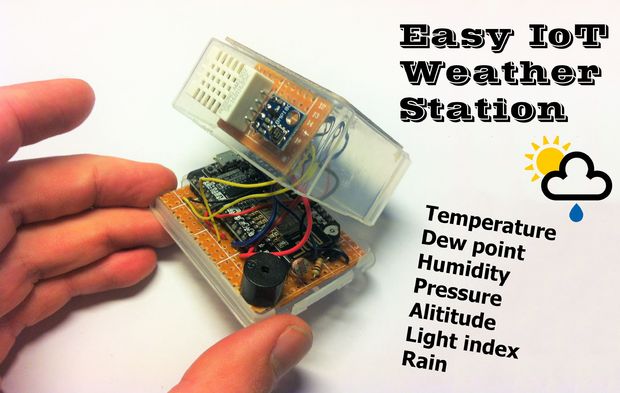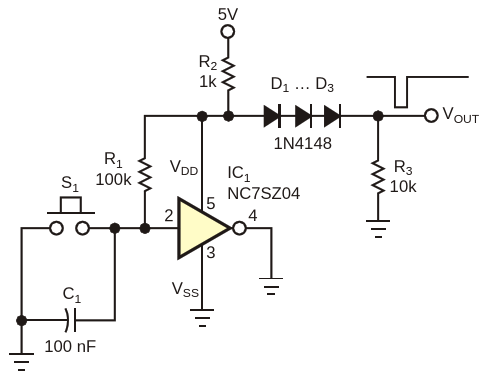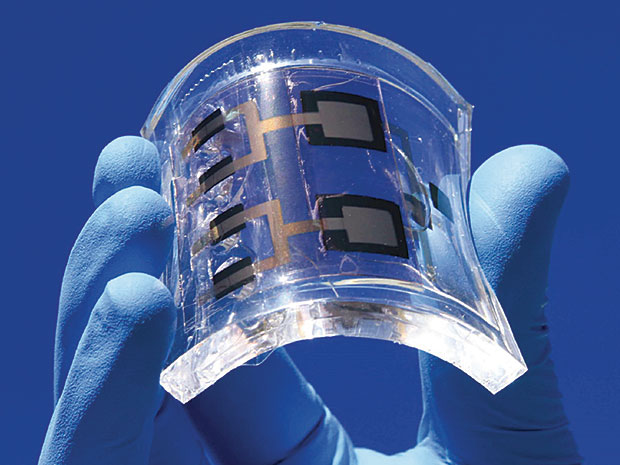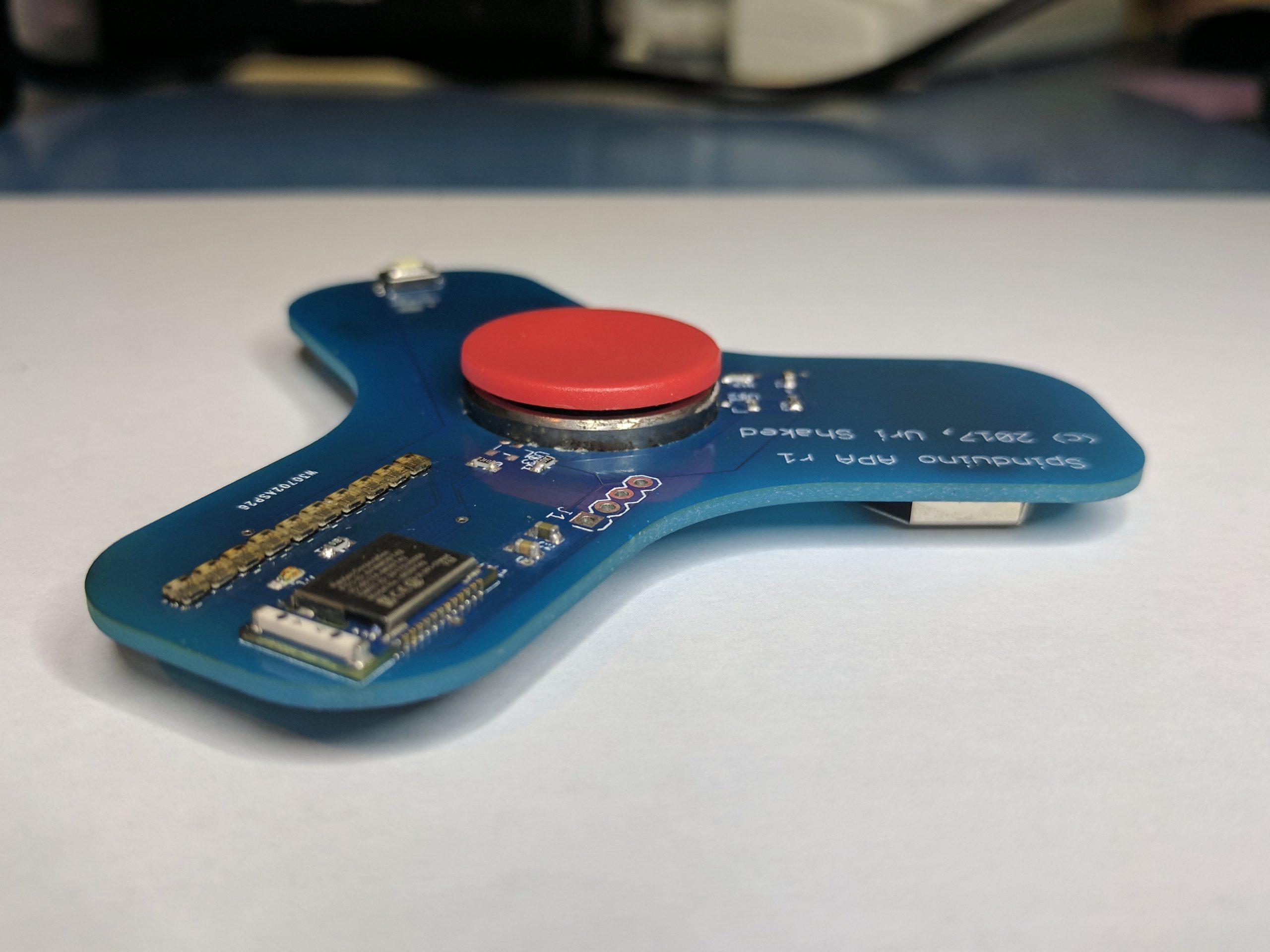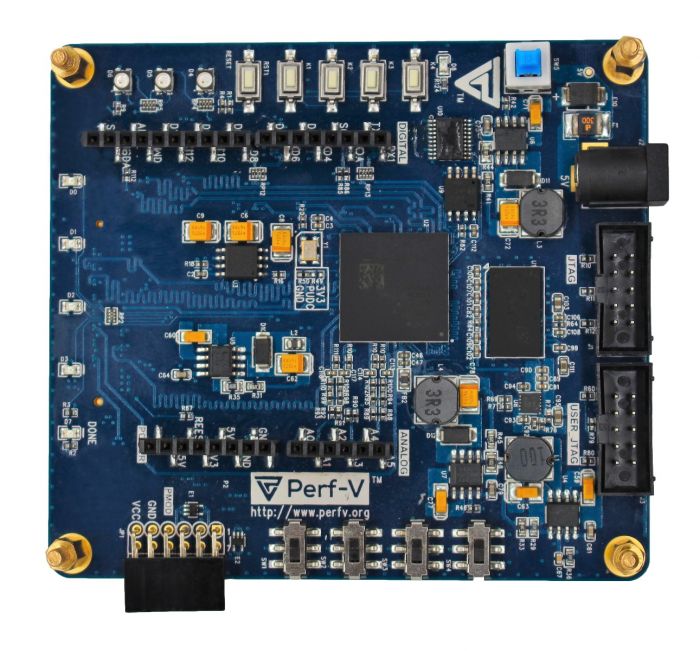
The Perf-V is an FPGA based development board designed for RISC-V opensource community by PerfXLab. It incorporates various peripheral chips and offers many interfaces. Perf-V has great flexibility and transplant multiple architectures. Some RISC-V development boards with silicon featuring RISC-V instruction set already exist, such as SiFive’s HiFive1 or Kendry KD233 board. One good thing about RISC-V is that it allows a user to customize the instructions set, and if you are up for that, an FPGA board provides the flexibility you need. The board uses Xilinx Artix-7 FPGA, Vivado software development, and it is designed for the RISC-V open source community and FPGA learning enthusiasts design development board.
The Perf-V incorporates a variety of outlying chips to enable a rich set of peripheral interfaces, including PMOD, Arduino, JTAG, UART interfaces, and high-speed interfaces for expansion of HDMI, VGA, USB2.0/3.0, camera, Bluetooth, expansion boards, etc. Strong flexibility. Due to its self-developed smart car, the Perf-V can use mobile phone Bluetooth to control the movement of the car and can realize automatic tracing and obstacle avoidance functions. This is quite an impressive function for me. Perf-V successfully ports a variant of RISC-V architectures, enabling a solid experimental platform for RISC-V processor design and FPGA product development, and is the preferred hardware for learning, scientific research, project development, and DEMO solutions.
The Perf-V provides a variety of modules available for selecting powerful, rich learning materials, complete experimental routines which are cost-effective. If you will like to purchase the board, you can do so by getting a $79 kit with the board and a USB burner / FPGA USB cable. A download page is available, but only with hardware documentation like datasheets and PCB layout (PDF), but nothing entirely about RISC-V.
The specification listed for the Perf-V board include
- FPGA – Xilinx Artix-7 XC7A35T-1FTG256C with 33280 Logic Cells, 90 DSP, 41600 CLBs, 1800 Kbit Block RAM, and 5 CMTs; Optional FPGAs up to Xilinx XC7A100T with 101,440 logic cells
- System Memory – 256MB DDR3 (16Megx16x8Banks)
- Storage – 8MB FPGA FLASH, 8MB RISC-V flash
- Expansions: Arduino compatible headers, 1x PMOD connector, “High-speed interface” for expansion of HDMI, VGA, USB2.0/3.0, camera, Bluetooth, expansion boards, etc
- Debugging — User JTAG/UART interface
- Misc – Power & user LEDs; 6x soft-touch buttons; power key
- Power Supply – Via power barrel jack
For more information, visit the forums which are in Chinese, and download page too.





